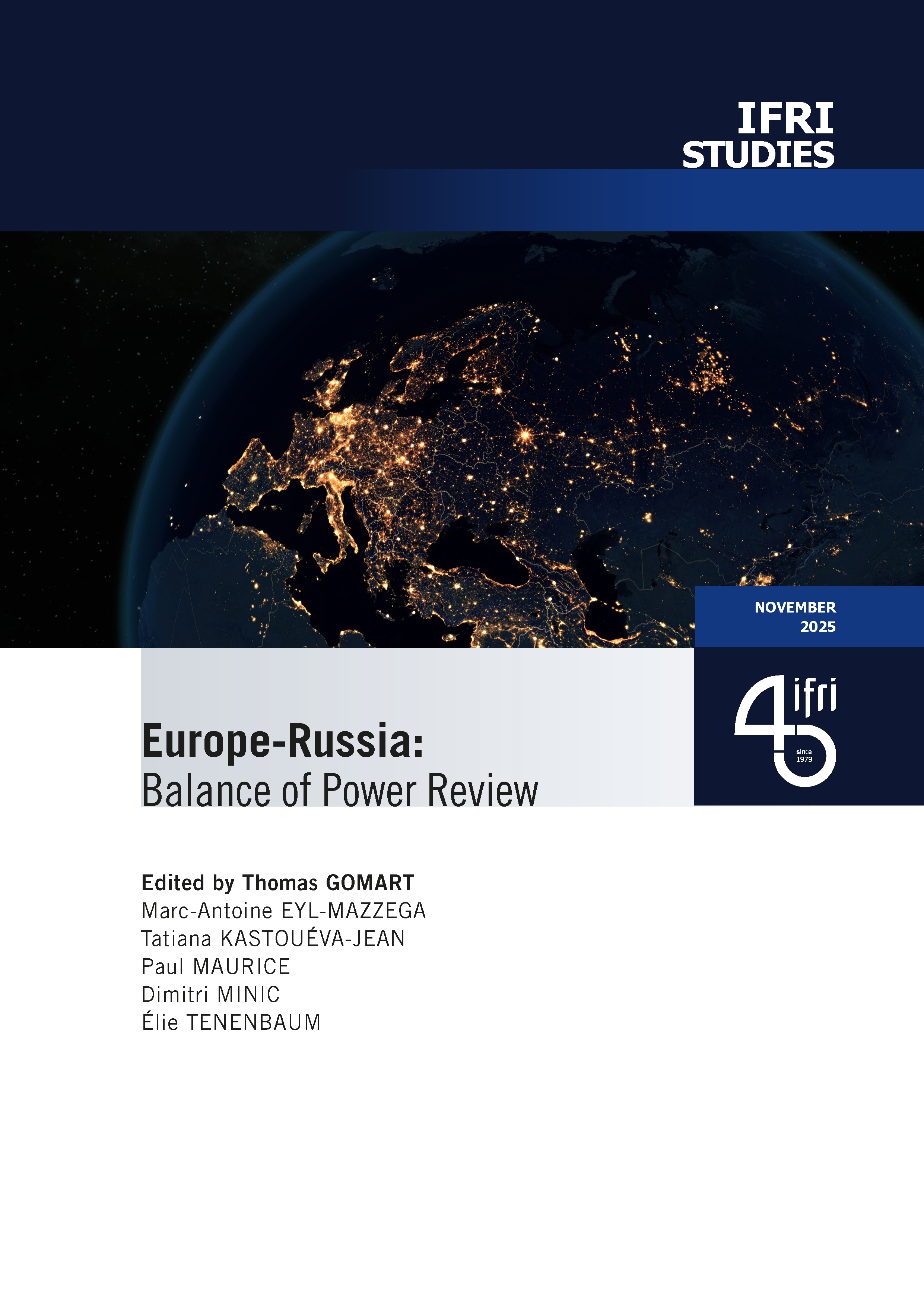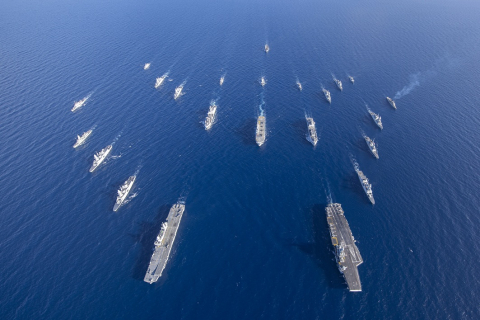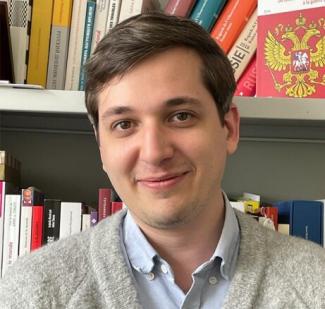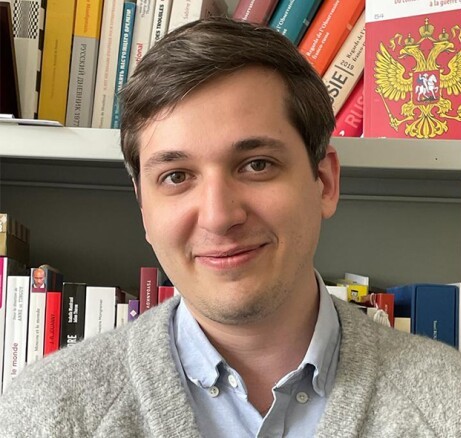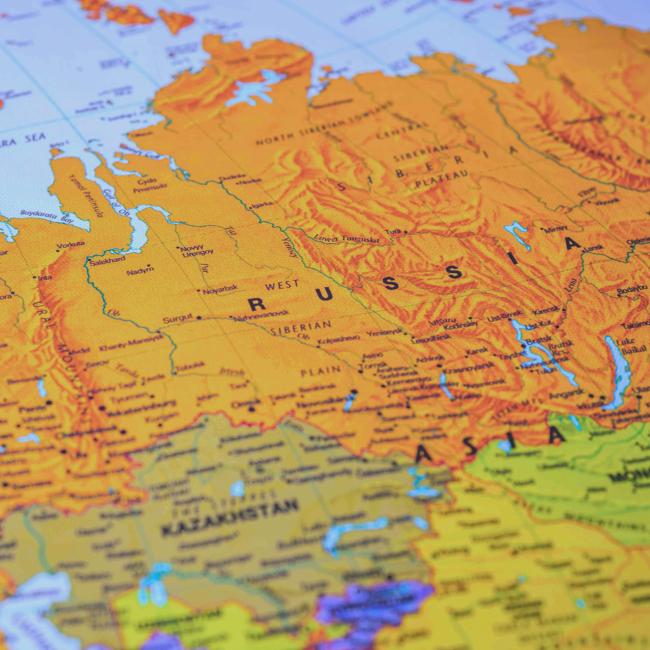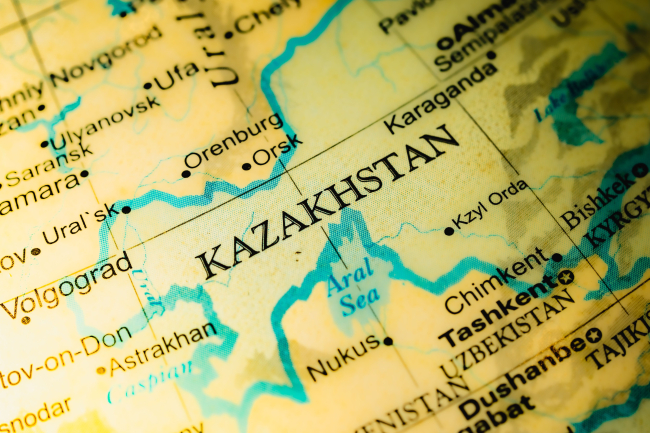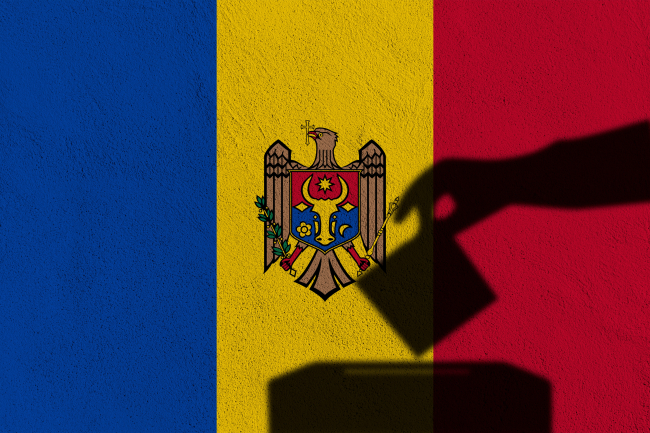Russia's Nuclear Deterrence Put to the Test by the War in Ukraine
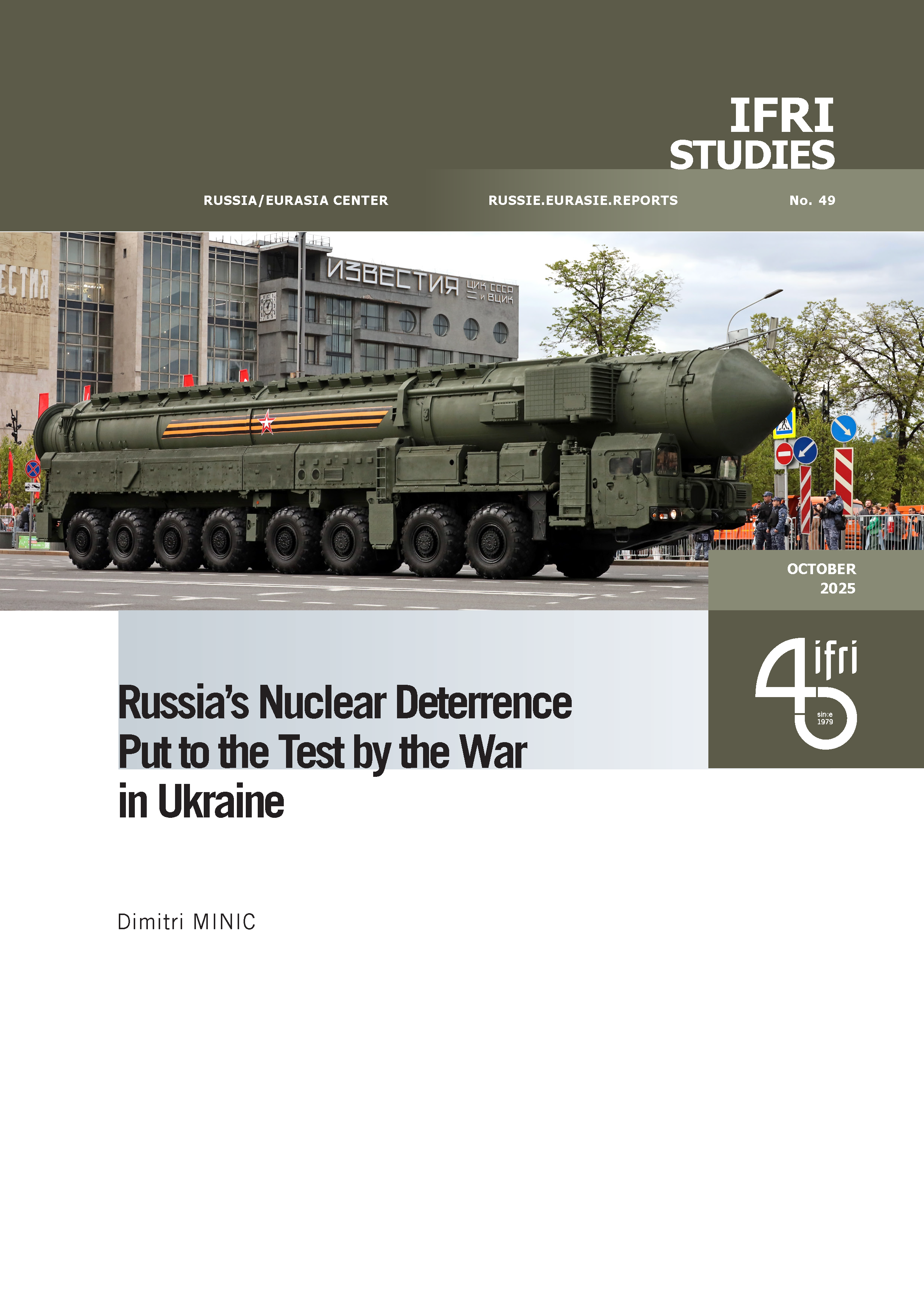
From the outset of its “special military operation” (SVO) against Ukraine on February 24, 2022, Russia, which possesses one of the world’s largest nuclear arsenals, has adopted aggressive deterrence measures and a resolutely menacing rhetorical stance.
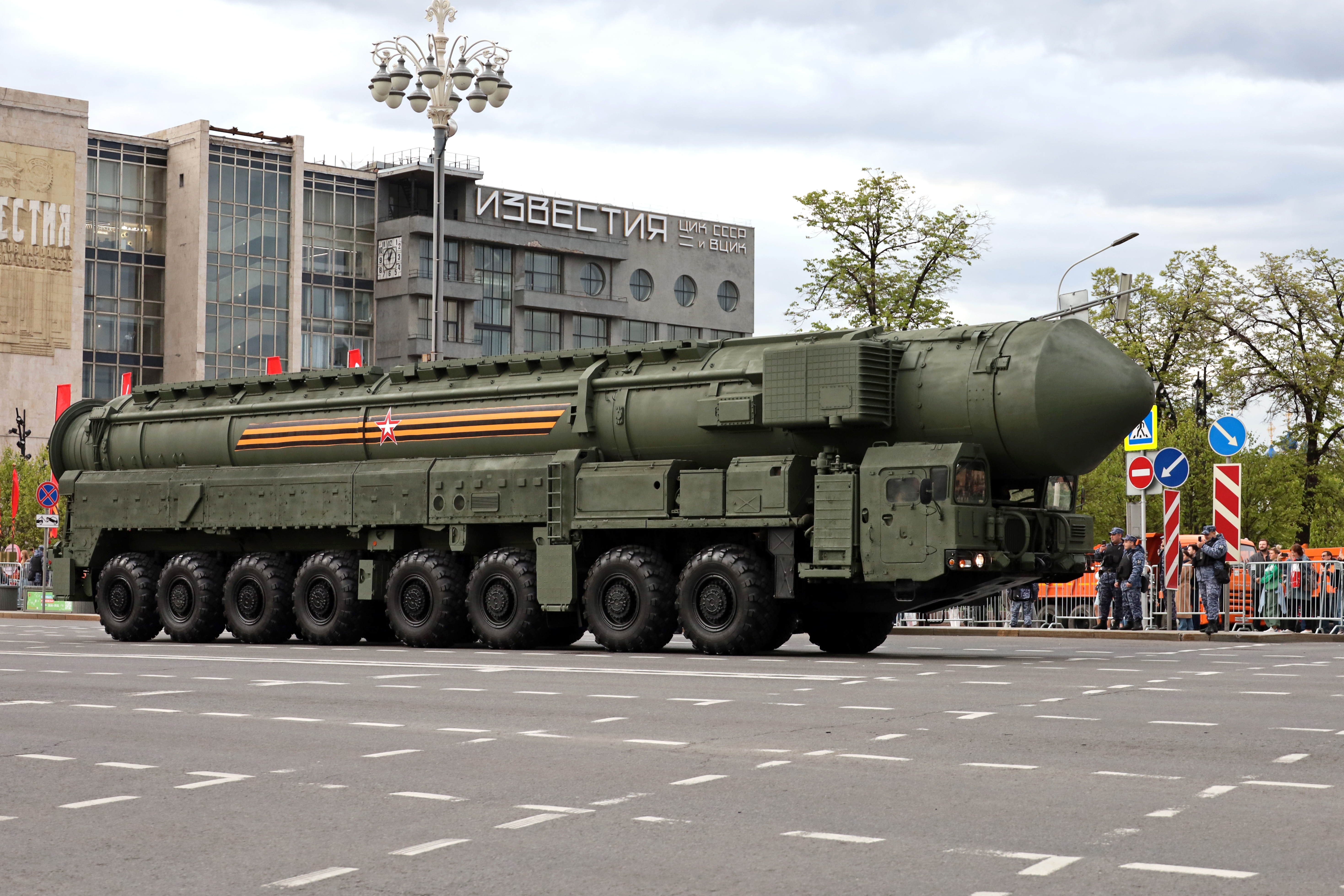
The initial failure of the SVO, the prolonged and unexpected high-intensity war that has ensued, and Russia’s military setbacks have all fueled fears that the Kremlin might resort to the use of nuclear weapons. Such concern has been all the more acute because, starting in 1993, Russia’s post-Soviet nuclear strategy gradually extended nuclear deterrence to conventional war, and considered the possibility of first use of nuclear weapons in order to prevent such a war from breaking out or to deter the adversary from pursuing it (deèskalaciâ), including from the very outset of the conflict.
When the Soviet Union collapsed, the question of deterrence and its mechanisms was still relatively under-theorized and insufficiently understood within the Russian military. After a fruitful period of theorizing—whose foundations continue to structure the general Russian theory of deterrence—military thought progressively evolved, shifting from the centrality of nuclear deterrence in 1993-2003, marked by a lowering of the threshold for use, to a broader conception of so-called “strategic” deterrence (strategičeskoe sderživanie) from the mid-2000s onward. In this framework, the nuclear component was progressively supplemented by conventional and nonmilitary/subversive forces, methods, and means. This expansion reflected a context shaped by at least two factors: the modernization of Russia’s conventional forces and a threat perception more focused on hybrid conflicts and local wars than on a conventional war with the North Atlantic Treaty Organization (NATO). This evolution led Russia, in 2010, to raise the threshold for nuclear use.
In a recent article published in Les Champs de Mars, we traced the theoretical and doctrinal evolution of Russian strategic and nuclear deterrence from 1993 to 2022, relying on a large corpus of Russian primary sources. This corpus includes doctrinal documents (military doctrines, national security concepts and strategies, nuclear doctrine, naval doctrine), speeches by political and military officials, and, finally, military literature (journals, newspapers, dictionaries, and encyclopedias of the Russian Ministry of Defense), access to which, already limited in the 2010s, has been considerably restricted since 2022. The indispensable return to Russian sources allowed us to deepen and reassess certain aspects of the valuable research produced on Russian deterrence, refining the understanding of the theory by reconstructing the categories, terms, and concepts through which the Russian military conceives of deterrence. It also provided a better understanding of the chronology and logic of theoretical and doctrinal developments, as well as the relationships between Russian strategic culture, theory, doctrine, and practice. Moreover, this work enabled a clearer comprehension of the extension of deterrence theory to conventional and nonmilitary/subversive domains and showed how this evolution reflected a renewed vision of strategy, marked by the theorization of bypassing armed struggle. Finally, the article briefly showed how the SVO’s failure called into question the entire Russian strategic deterrence system and how Russia had begun adapting to the weaknesses in its deterrence.
In conclusion, the article noted that Russia could ultimately lower its threshold for use in a new doctrine, not only to try, in the short term, to restore the credibility of its nuclear deterrence in the context of the war in Ukraine, but also—and more importantly—in the longer term, in order to compensate for the weakening of its conventional forces and its economic and technological potential, as well as to guard against any conventional confrontation with NATO, which the Kremlin sees as increasingly plausible. Since the publication of the new nuclear doctrine in November 2024, some experts have tended to downplay its significance, while others have interpreted it as the expression of a supposed “Karaganov doctrine”
—thereby reproducing analytical shortcuts that impede a clear understanding of Russian strategy, much like the so-called “Gerasimov doctrine” or “Gromyko doctrine”.
Drawing on new primary sources and incorporating the most recent practical cases (2024–2025), this study extends the previous research article and deepens its conclusions regarding the experience of the SVO, in order to provide a comprehensive and original analysis of the evolution of Russian nuclear deterrence under the test of the war in Ukraine. This study builds on our doctoral research on post-Soviet Russian strategic thought and culture, which highlighted the importance of relying on Russian primary sources and taking into account the specific historical, political, cultural, and ideological contexts that shape Russian strategic theories, doctrines, and practices, rather than mechanically applying conceptual or analytical frameworks derived from a generalist Western perspective. This new study also continues our work on how Russian military elites perceive the war in Ukraine and its political, strategic, and military-operational consequences.
After synthesizing the main stages of the theoretical and doctrinal evolution from 1993 to 2021—essential for the reader to grasp certain specificities of Russian deterrence—we assess the impact of the war in Ukraine on this deterrence, in particular its nuclear component. What was Moscow’s deterrence strategy when it initiated the SVO? How has the war in Ukraine exposed the nature and limits of Russian deterrence? What assessments, critiques, and recommendations has the Russian military made? How did Russia try to adapt? How should we interpret the publication, content, and implications of the new nuclear doctrine? To what extent does Donald Trump’s election alter Russian calculations regarding nuclear deterrence? And can persistent European solidarity and Moscow’s military quagmire in Ukraine influence the likelihood of Russian nuclear use?
Dimitri Minic is a historian with a PhD in History of International Relations from Sorbonne University (2021). He is a Research Fellow at Ifri’s Russia/Eurasia Center, where he also serves as Deputy Editor-in-chief of the digital collections Russie.Eurasie.Visions and Russie.Eurasie.Reports. His research focuses primarily on Russian strategic thought and culture, Russian military and politico-military elites, the Russian armed forces, and Russia’s hybrid and high-intensity capabilities. He also specializes in Russian strategic and nuclear deterrence and relations between Russia and the West. His recent publications include:
“Russian Strategic Thinking and Culture Before and After February 24, 2022” (National Defence University, Helsinki, September 2024).
“What Does the Russian Army Think About Its War in Ukraine? Criticisms, Recommendations, Adaptations” (Ifri, September 2023).
“How the Russian Army Changed its Concept of War, 1993–2022” (Journal of Strategic Studies, May 2023).
He is also the author of Pensée et culture stratégiques russes : du contournement de la lutte armée à la guerre en Ukraine (Russian Strategic Thought and Culture: From Bypassing Armed Struggle to the War in Ukraine, Paris, Maison des sciences de l’homme, April 2023), a book that is based on his doctoral thesis and for which he received the Prize Albert Thibaudet 2023.

Available in:
Themes and regions
ISBN / ISSN
Share
Download the full analysis
This page contains only a summary of our work. If you would like to have access to all the information from our research on the subject, you can download the full version in PDF format.
Russia's Nuclear Deterrence Put to the Test by the War in Ukraine
Related centers and programs
Discover our other research centers and programsFind out more
Discover all our analysesRussia's Asia Strategy: Bolstering the Eagle's Eastern Wing
Among Russia’s strategic priorities, Asia traditionally played a secondary role compared to the West. In the mid-1990s, then Foreign Minister Yevgeny Primakov initiated a rapprochement with China and India. Then, in 2014, deteriorating relations between Russia and the West prompted Moscow to begin its “great pivot to the East”.
Kazakhstan After the Double Shock of 2022: Political, Economic and Military Consequences
The year 2022 represented a dual shock for Kazakhstan. In January, the country faced its most severe political crisis since independence, followed in February by Russia’s full-scale invasion of Ukraine, which cast uncertainty over the borders of post-Soviet states. These consecutive crises profoundly shaped Kazakhstan’s domestic and foreign policy.
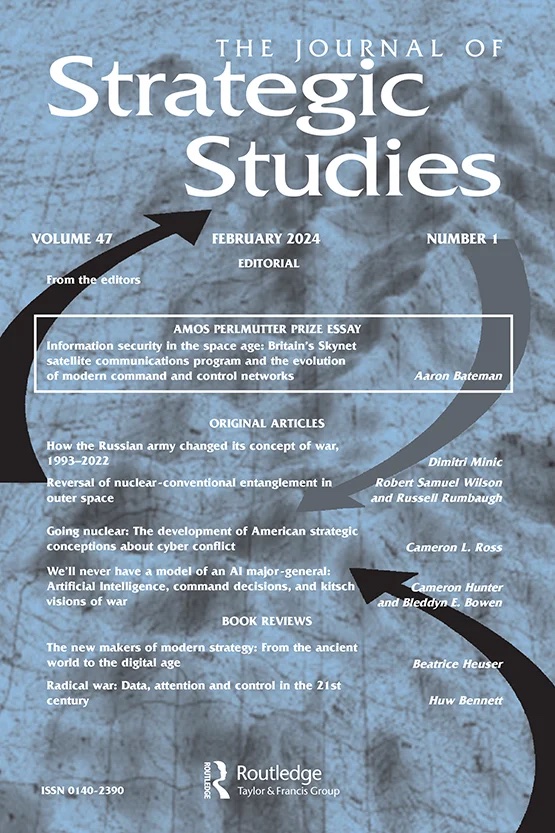
How the Russian Army Changed its Concept of War, 1993-2022
The traditional and high-intensity war that has occurred in Ukraine since Russia decided to invade raises a key issue: did post-soviet Russian strategic thought really prepare Russia for waging this war?
Moldova's Crucial Parliamentary Election. What's at Stake?
On the occasion of Moldova’s National Day, August 27, 2025, Chișinău hosted a high-level European delegation composed of Emmanuel Macron, Friedrich Merz and Donald Tusk, who sought to reaffirm their support for the country’s sovereignty and pro-European course. This unprecedented and highly symbolic visit took place at a pivotal moment. Moldova is preparing for decisive parliamentary elections on September 28, whose stakes extend far beyond the national framework.


